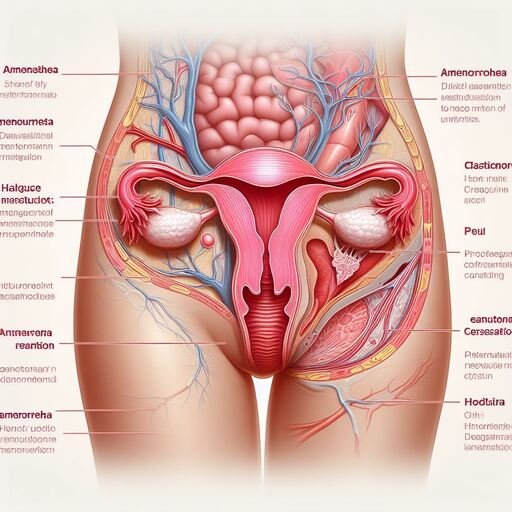Amenorrhea refers to the absence of menstruation or menstrual bleeding. Menstruation typically occurs every 21-35 days and is a normal part of the menstrual cycle in women of reproductive age. Amenorrhea can be caused by a variety of factors, including hormonal imbalances, stress, illness, chronic conditions such as thyroid or adrenal gland problems, certain medications, and surgical procedures that remove or damage the ovaries or uterus.
In some cases, amenorrhea may be a normal variation in menstruation, especially if it occurs only occasionally. However, persistent or severe amenorrhea can be a sign of underlying health problems, such as hormonal imbalances, stress, chronic conditions, or certain medications. It’s important for individuals experiencing amenorrhea to consult with a healthcare provider who can perform tests to determine the underlying cause and develop an appropriate treatment plan.
Treatment for amenorrhea may involve a combination of medications and lifestyle modifications. For example, hormonal birth control pills or patches may be used to regulate menstruation in individuals with irregular periods. In some cases, medications that stimulate ovulation and menstruation may be used in women with amenorrhea who are trying to conceive. Additionally, lifestyle modifications such as stress reduction techniques and regular exercise may help improve hormonal balance and promote a healthy menstrual cycle.
It’s important to note that amenorrhea can be a symptom of more serious health problems, such as polycystic ovary syndrome or eating disorders. Therefore, it’s crucial for individuals experiencing amenorrhea to seek medical attention and follow up with their healthcare provider regularly to monitor any changes in their menstrual cycle and address any concerns they may have.

